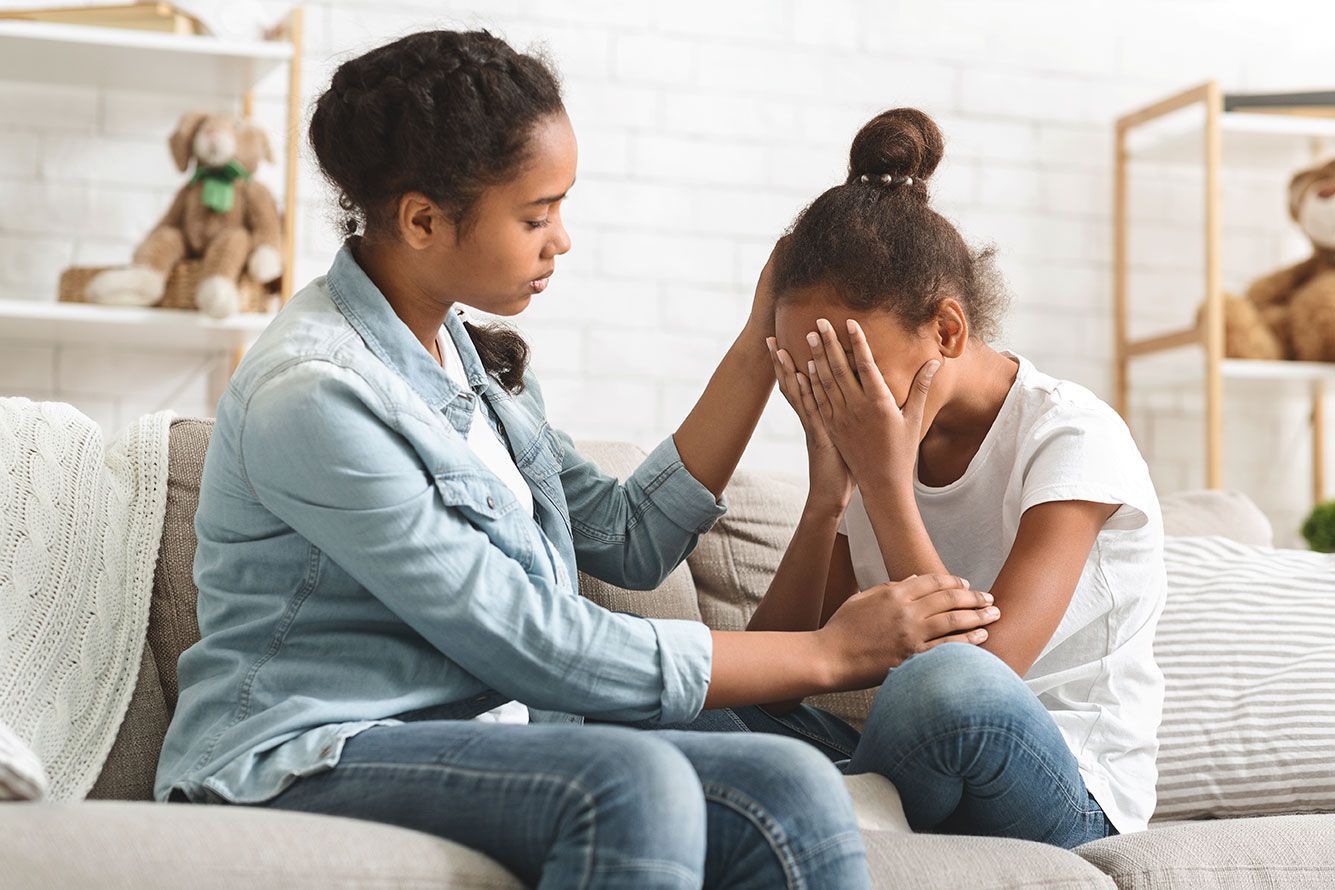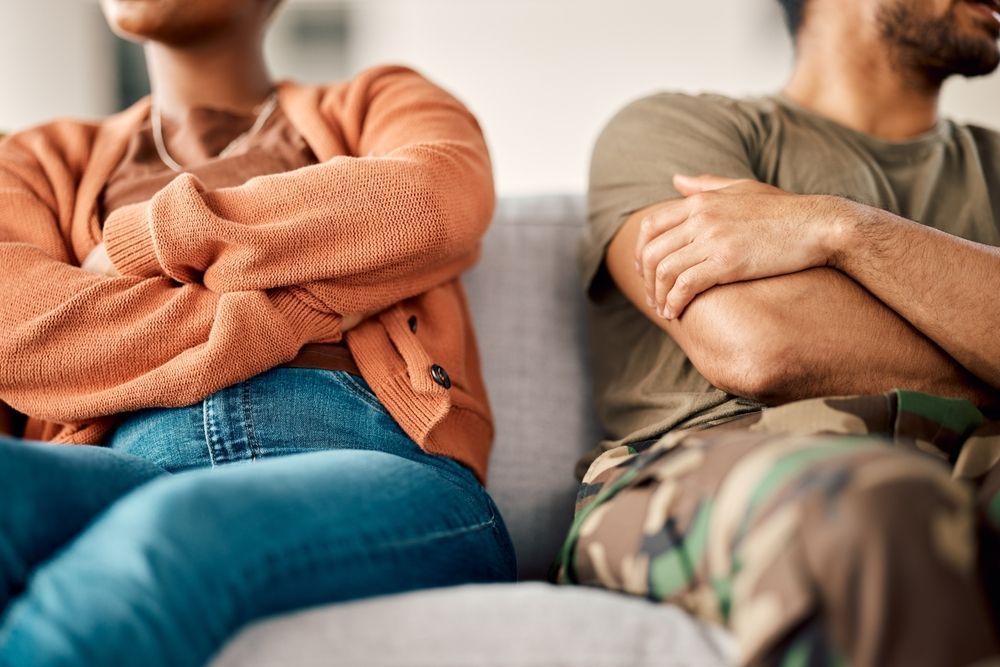How I View Psychotropic Drugs (A Funny Parable)
May 16, 2025
A man goes to the doctor because he’s feeling stressed and afraid. He mentions that he’s overwhelmed with bills he can’t pay, and he doesn’t know how to save money or increase his income.
The doctor sees how anxious he is and tells him he has “anxiety.” He prescribes 20 mg of an antidepressant and sends him on his way.
A couple months later, the man returns and says the meds seemed to work—until his electricity was shut off. Then the anxiety came back full force. The doctor explains that sometimes the dosage needs adjusting to be effective and doubles the prescription to 40 mg.
A few months later, the man is back again. He says the meds were helping—until his house got robbed. He adds that the security cameras didn’t catch anything because, well, they haven’t had power in months. Once again, the doctor increases his medication, this time to 60 mg, and explains that “these things take time” and “finding the right dosage is tricky.”
At this point, the man, frustrated, asks:
“Don’t you think maybe a person should feel anxious sometimes?
Don’t you think fear might be a sign that I need to act—like getting the lights turned back on or protecting my home? Don’t you think maybe God designed for people to feel afraid, or depressed, or sad, for good reasons?”
The doctor, somewhat offended, responds:
“Absolutely not! I’m a man of science! And science agrees: anxiety is a disorder that requires treatment. Anyone who believes we’re meant to feel this way is just a fool.”
Shocked by the insult, the patient says:
“Well, maybe science makes mistakes. Maybe being afraid or anxious is what makes us human. Maybe you should feel anxious—like if I leave you a bad review, or file a complaint, or even sue you.”
The doctor shrugs and says:
“You think I care? You think anything scares me? I’m on 100 mg of that stuff. Nothing scares me!”
And that, dear reader, is how I feel about psychotropic drugs.
The end.

Grief is one of the most powerful emotions we can experience—second only, perhaps, to rage. It strikes with force, often catching us off guard, and refuses to follow a predictable path. You’ve probably heard of the “five stages of grief.” Denial. Anger. Bargaining. Depression. Acceptance. But these stages were never meant to be a checklist. In fact, they were originally observations—common emotional responses during bereavement—not a fixed process that everyone moves through in the same order. The truth is, grief doesn’t come in stages. It comes in waves—sometimes gentle, sometimes crushing. It can sneak up quietly or arrive like a storm. And just when you think you've moved forward, a memory can pull you right back in. One of the most meaningful ways I’ve ever heard grief described is this: “Grief is love with nowhere to go.” Grief is not just sadness. It’s the echo of love we still carry, without a place to send it. When we lose someone, the love we held for them doesn’t disappear. It just… floats. We can't go back and say the things we wish we'd said. We can't share one more moment, one more hug. That absence—of connection, of expression—can feel unbearable. And yet, the pain of grief is also a measure of love. You grieve because you cared. You hurt because you loved deeply. That’s not a flaw—it’s a reflection of your capacity for connection. So if you're grieving, be gentle with yourself. Don’t try to force your healing into tidy steps. Let your grief come. Let it speak. Let it ache. And when you’re ready, find new ways to honor that love—through memory, meaning, and connection with others who understand. Grief never truly leaves. But with time, we learn how to carry it differently. And in doing so, we rediscover the depth—and beauty—of the love that caused it in the first place.

At some point, the therapy world became uncomfortable talking about feelings. We were shamed out of it—mocked by pop culture, misrepresented by media, and misunderstood by a public that equated emotional work with being “soft” or overly simplistic. As a result, many therapists have pivoted toward problem-solving, cognitive techniques, or behavioral plans, often at the expense of emotions themselves. This shift has cost us dearly. It’s not always crucial to understand why we feel something—but it’s essential that we feel it. Trying to bypass emotions in favor of logic is like trying to walk with a thorn stuck in your foot. The more you ignore it, the more the pain screams for your attention. Likewise, emotions don’t go away when you ignore them; they just fester. Before we can problem-solve or make lasting change, we have to honor what we feel. Emotions don’t require justification. They just need acknowledgment. They are signals—not flaws. In my opinion, the field began drifting from emotional work partly because of how therapy was portrayed in media. The trope of the therapist robotically asking, “And how does that make you feel?” became an easy punchline. Unfortunately, that stereotype left many therapists afraid of seeming cliché, so they turned away from emotional inquiry altogether. Ironically, I rarely ask clients, “How does that make you feel?” Instead, I might ask: “What do you feel when you recall that moment?” “What does it feel like to be in your shoes?” “Can you sit with that feeling for a moment and notice what comes up?” That nuance matters. Saying something “made me feel” a certain way implies the emotion was caused or imposed, as though feelings need permission to exist. But they don’t. They arise naturally—and honoring them helps us connect, both to ourselves and to others. Empathy, insight, and real healing begin there. It’s time to return to what therapy does best: helping people feel, not just think. Because real transformation doesn’t come from avoiding feelings—it comes from feeling them fully and safely.






